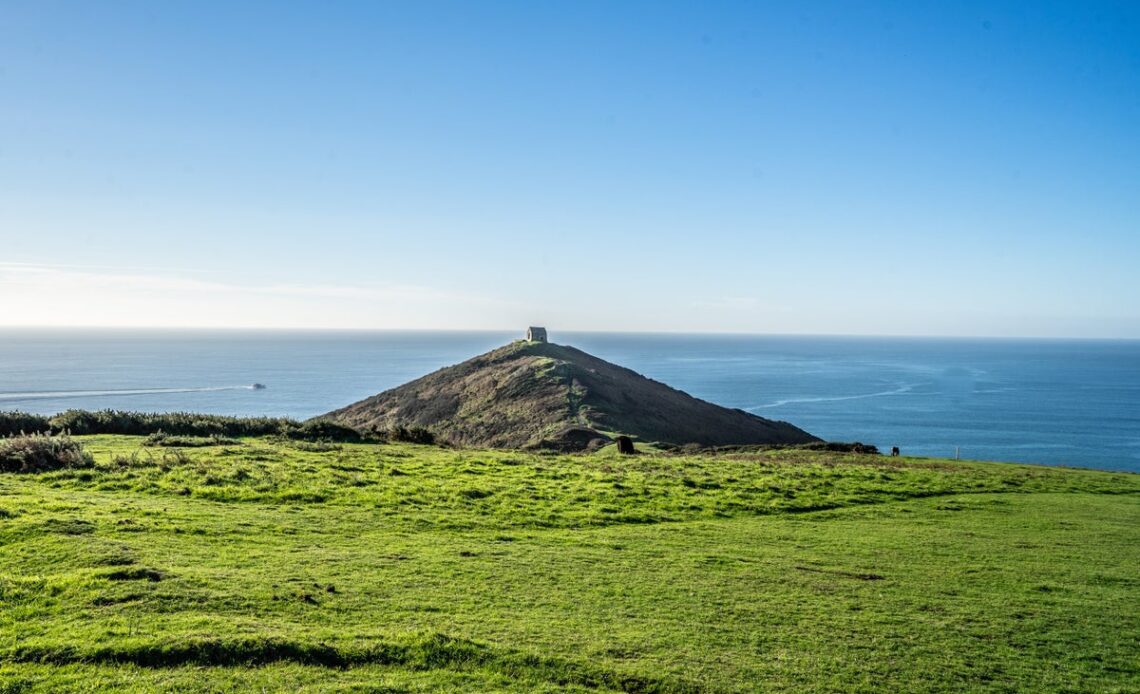The Edgcumbe Belle sped through the Mayflower Marina in Plymouth, cutting into the fast-flowing tidal waters of the River Tamar before dropping its passengers eight minutes later on the concrete quay of Cremyll – the gateway to the Rame Peninsula.
Surrounded on three sides by water, and completely bypassed by the A38 dual carriageway which whisks tourists westwards towards Land’s End, the Rame Peninsula is ‘Cornwall’s Forgotten Corner’.
There are no train stations here, and it takes a ferry ride from Plymouth or a long, circuitous drive to reach the most easterly region along the southern Cornish coastline. I paid my £2 ferry fare on arrival, and I was ready to see if coastal Cornwall without the crowds – that most mythical of summer holiday destinations – really did exist.
Far from the madding crowd at Cawsand Bay
(Richard Collett)
“The area welcomes visitors who appreciate, and desire, peace and quiet”, I’d been told by Jan Ferguson, a Rame Peninsula local who heads up the local tourism board while researching my trip to this overlooked pocket of southeastern Cornwall.
I knew full well from trips to Bude, St Ives and Kynance Cove that Cornwall in summer is a place that’s best avoided if you’re hoping for tranquillity. Ferguson, though, was adamant that her home isn’t quite like anywhere in Cornwall.
“The reason why the Rame Peninsula is special is that it’s largely unspoilt due to its status as an Area of Outstanding Natural Beauty,” she told me. “It attracts people who enjoy nature and quiet pursuits such as walking the coastal path, exploring stately homes, visiting quiet beaches, coves, galleries and quaint villages”.
Perfect, I thought; but, in the first week of the school summer holidays, would it truly be crowd-free?
It attracts people who enjoy nature and quiet pursuits
Jan Ferguson
The first impressions were good. There were just a few families pushing prams off the ferry as I walked past a ‘Welcome to Cornwall’ sign and hiked the short distance from Cremyll Quay to Mount Edgcumbe House, my first destination of the day.
Built by the aristocratic Edgcumbe family in the mid-16th century, Mount Edgcumbe House is the stately centrepiece of the Rame Peninsula and was the first country house to be built for pleasure rather than defense. Instead of arrow slits, wide windows provide sweeping views downhill towards Cremyll and Plymouth Sound, and the design was soon copied across Britain.
The interior is home to all…
Click Here to Read the Full Original Article at The Independent Travel…
